Listening
Final aimed to ‘realise transparent sound’ with the A8000, and I have to say that they’ve certainly achieved their mission in that sense. The Beryllium drivers and in-house tuning of the A8000 imparts a crisp, delicate sheen across the audio spectrum for a signature that is delicate, articulate, and with a slight metallic edge. If you’ve heard a Berylillum driver before in headphones like the Focal Utopia or ZMF Verite, then the lightning-fast speed and hyper-defined treble of the A8000 might feel a little familiar.
Overall, the A8000 has a mildly ‘V-shaped’ voicing with extended sub-bass, not overly-present mid-bass, not overly-present lower mids, and a forthright treble that dominates proceedings and lends the A8000 their signature bright character. Like their blingy, angular chrome finish suggests, listening to the A8000 is a shiny and incisive experience that provides an exacting insight into any given piece of music, cutting it apart and revealing it with all the precision of a surgeon’s scalpel.
Let’s focus on the A8000’s treble which is both its signature sonic feature and potentially its most divisive one. Atoms for Peace’s ‘Reverse Running’ features some fast, complex passages with extremely intricate cymbal work that might border on brittle and fatiguing for some people on the A8000, but for me, it’s an absolute revelation. I prefer a brighter, forward voicing on headphones and the A8000 has the best out-of-box treble detail that I’ve yet experienced. The A8000 might have a couple of peaks in the treble department here and there, but what this does is place a no-holds-barred emphasis on brilliance and presence. The A8000 lifts you up into the air and gives you a completely clear window to look down into every minute piece of detail within a given track.
Adding to the sense of sheer articulation in the A8000’s sonic quality is the sheer speed in which it’s able to resolve and decay the leading and trailing edges of notes. A quick play of Tycho’s ‘Apogee’ – a well-produced electronic track – tells you immediately that there is not an inch of flab nor sluggishness to be found here. The A8000 has electrostat-like speed and is able to sift through complex passages of music and resolve transients in a wholly impressive way. Final explains on the A8000 product page that timing plays a part in the listener’s experience and understanding of transparency, and the sure-footedness of these Beryllium drivers combined with the crispy treble certainly makes you believe that there is nothing between you, and the track that you’re listening to.
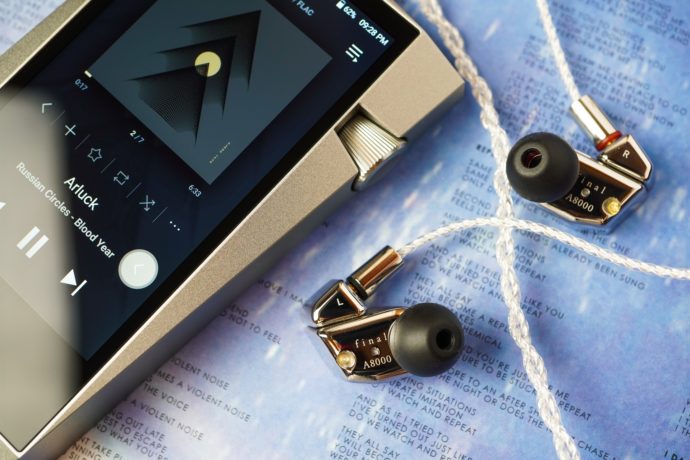
Another trick up the A8000’s sleeve is the sense of space that it provides. It doesn’t have a wide soundstage in the traditional sense, but the A8000 manages to immerse you with a sense of depth plus an uncanny ability to let you able to visualise yourself within an entirely realistic concert hall. The reverb and spatial cues in Kings of Leon’s ‘Arizona’ are something that need to be heard to be believed. It’s even uplifting, if you will.
An enjoyable spin of the Ret Hot Chili Pepper’s often maligned ‘One Hot Minute’ record will tell you that the bass on the A8000 is quick, tight, and well-extended without a hint of encroachment into the mildly-recessed lower midrange. Flea’s dextrous bass guitar is snappy and punchy on ‘Walkabout’, and provides reasonable amounts of visceral slam on ‘Aeroplane’. Those looking for a more dynamic, bass-heavy experience probably won’t enjoy the A8000, but then again, that’s not really the intent behind them.
Male vocals and certain instruments aren’t quite a ‘front foot’ experience with the A8000 due to its treble forwardness. The A8000 is still able to render Kamasi Washington’s sax in an enjoyable and nimble way, but ‘Truth’ doesn’t have the same richness that you’d expect from a traditional dynamic driver IEM.
Final A8000 vs Sennheiser IE800s
If the A8000 is a scalpel, then Sennheiser’s flagship is a velvet glove by comparison. Moving from the A8000 to the IE800s is a marked step-down in detail and resolution, with the Sennheiser feeling ponderous and syrupy, by comparison. While it might lag the A8000 in technical terms, the IE800s certainly has a more organic, rich, and coherent sound. That same Kamasi Washington track with the IE800s gives you more of an impression that the sax is being played by a human, with a reed. Those looking for a more relaxing tonal experience and a more visceral dynamic driver bass emphasis will appreciate the Sennheiser, but the A8000 absolutely schools it in terms of technicalities.
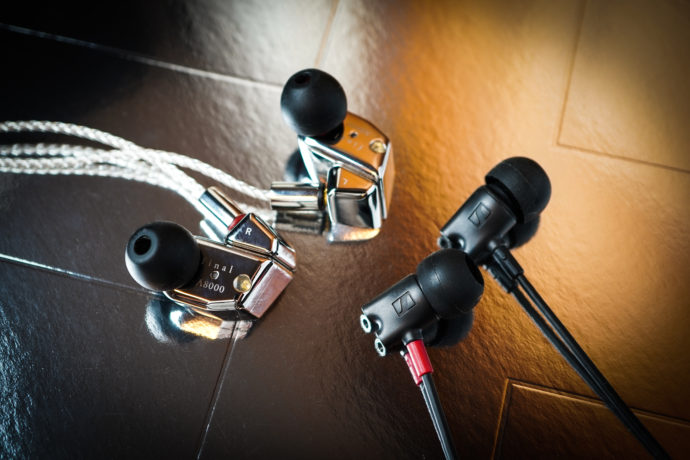
Final A8000 vs Campfire Audio Vega 2020
Again, we have another chalk-and-cheese comparison on our hands here between two very different dynamic driver implementations. The 2020 iteration of the Vega is unashamedly a bass-oriented IEM and intended to deliver the kind of impact that you’d expect from a full-size, closed-back headphone. The overwhelming bass of the Vega leaves their midrange feeling conspicuously absent, and gives music a more ‘distant’ sound versus the immediate clarity of the A8000. While the Vega has a lift in treble it’s neither as present nor as impressive as the A8000’s, which ultimately gives a more believable and enjoyable insight into what you’re listening to.
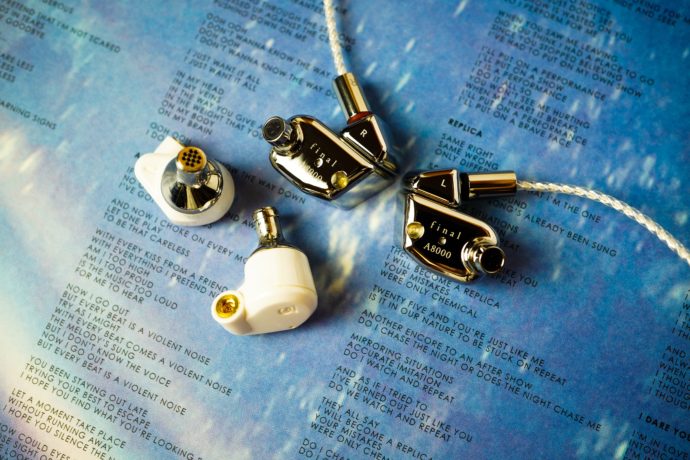
Final A8000 vs Beyerdynamic Xelento
The similarly shiny flagships from Beyerdynamic are a much closer match to the A8000 in terms of tuning and overall characteristics. I do find their form-factor and proprietary silicone tips somewhat problematic in terms of fit (for me), but after getting a proper seal I noted how similar these two are in terms of treble forwardness. The Xelento is somewhat more aggressive-sounding than that A8000 having a slightly more etched and brittle top-end tonally, but it impresses in terms of going toe-to-toe with the A8000 in terms of resolution. Bass-wise, there’s simply more slam and impact in the Beyers, offering a more impactful listening experience. Overall, I prefer the A8000 as an overall package both in terms of form-factor, as well as offering a more single-minded take on transparency.
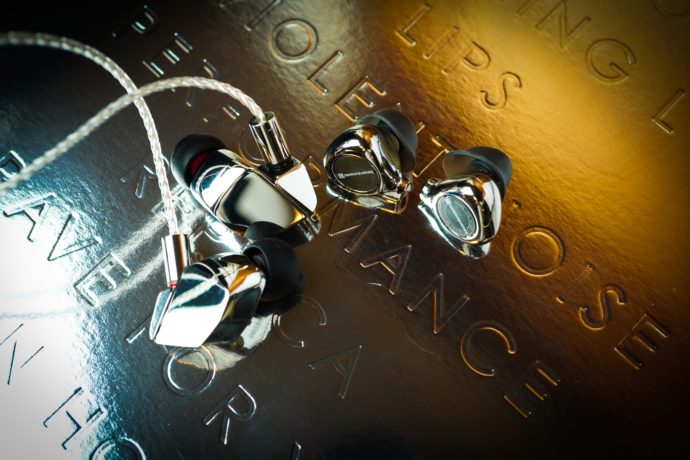
Final A8000 vs Final D8000
This one isn’t so much defining a ‘winner’, as opposed to me compiling some observations and experiences around how these two impressive and entirely different takes on ‘flagship’ complement one another. The Final D8000 is an enormous, lumbering brute of a full-size open-back planar, and feels more like an exercise in industrial design as opposed to the nano design and jewelry-like craftsmanship on the A8000. The two flagships might share the ‘8000’ badge, but they’re altogether different sonic experiences as well. While it’s not really my usual preferred sound signature, the D8000 happens to be one of my all-time favourite headphones. It has both uncanny resolution as well as a silky, relaxed tuning while providing a thick, weighty low-end – all at the same time. Listening to the D8000 I’m always amazed by its complete lack of any sort of distortion or harshness at all, as well as its crazy-good imaging capabilities. The A8000 surprised me, upon first listen, by sounding absolutely nothing like the D8000. Whereas the D8000 is an exercise in restraint and power, the A8000 is a masterclass in finesse and nimbleness. I can definitely see someone buying one of each and calling it a ‘day’ – they’re wonderful complements to one another.
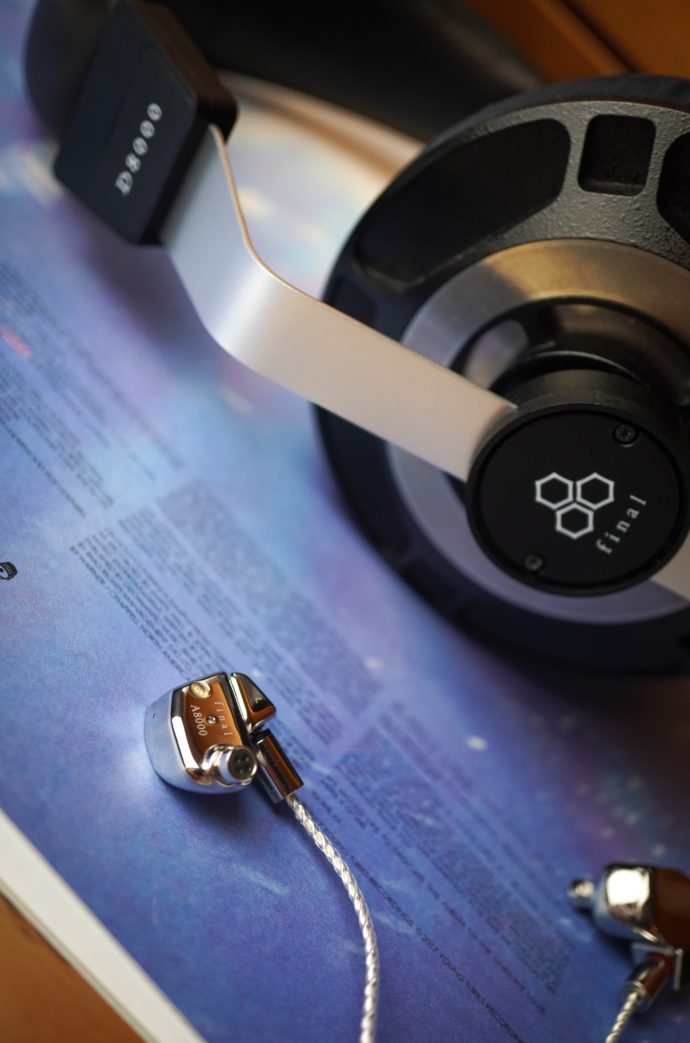
Amping and source pairings
At 16-ohms and 102dB sensitivity, the A8000 is fairly adaptable in terms of performing reasonably well with a variety of lower-powered sources such as phones and laptops. However, it will reward the listener with higher power and discrete headphone sources.
The Astell&Kern SR25 makes for an impressive and relatively affordable pairing with the A8000, rewarding the listener with a well-defined and well-extended bass over the more lackluster performance of your garden variety smartphone. The 2V output available on tap increases the A8000’s sense of soundstage for a more 3D-like experience. Stepping-up the Astell&Kern range into the SE200 provides another incremental boost to the A8000’s performance, offering the discerning listener an even greater imaging experience and dialing-up the sense of classiness and shimmer in the treble to 11.
The A8000 didn’t display any hiss or noise with any source I paired it with, including my main Questyle CMA600i desktop amplifier. In fact, given that I’m working from home these days this was the rig that I spent most of my time listening to with the A8000. The A8000 doesn’t need a whole lot of juice to get going, but it does seem to enjoy being fed with more power which it happily gobbles-up and repays in spades.
Final words
The Final A8000 has all the trimmings of everything that you’d expect when stepping-into ‘flagship’ territory: exotic looks and craftsmanship, thoughtful packaging and accessories, and a sound signature that arrests the listener and leaps-out with a sense of excitement and shimmer. Lovers of detail, clarity, and speed will find the A8000 absolutely intoxicating. If this sounds like you, then it might be worthwhile asking yourself whether you could skip your next two or three headphone upgrades and go straight to your IEM ‘end-game’. If you can live with its looks and if it fits your ears comfortably, then the Final A8000 will continue to delight you long into the future.






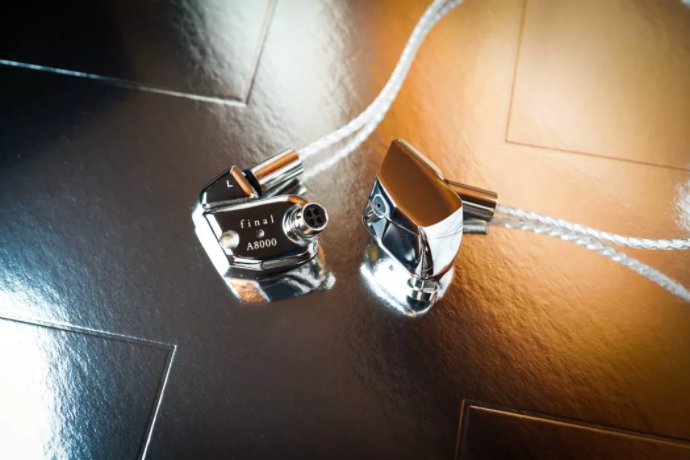

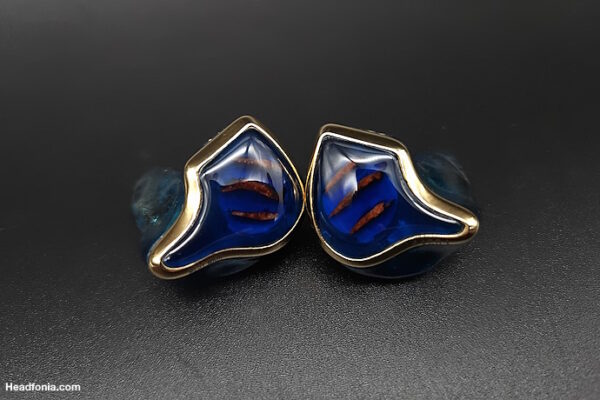
run 3
How does the H1 compare to the A90?